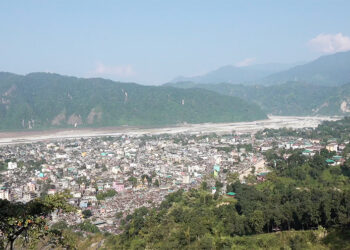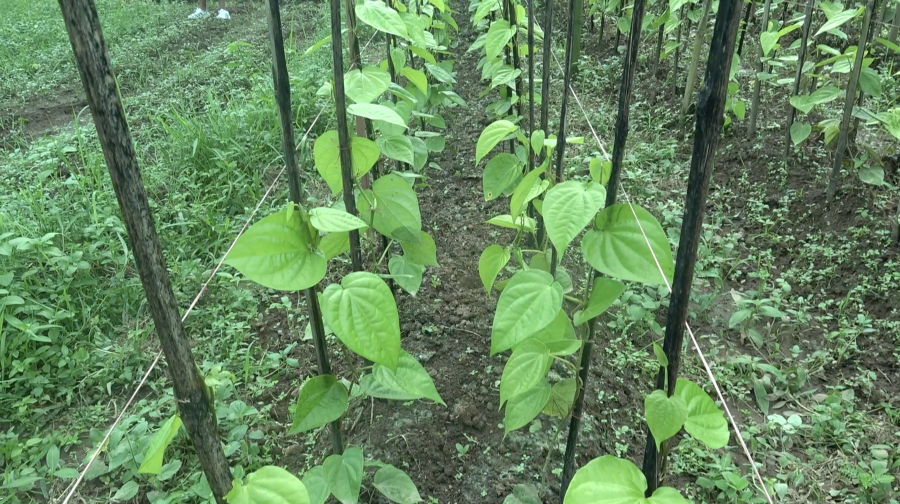 From chewing doma at home to selling in towns, Bhutan’s appetite for betel leaf shows no sign of slowing. While the country depends on imports, farmers in Umling Gewog are stepping in. What began as a couple’s determination has now grown into a farmers’ group, hoping to turn paney into a cash crop despite water challenges.
From chewing doma at home to selling in towns, Bhutan’s appetite for betel leaf shows no sign of slowing. While the country depends on imports, farmers in Umling Gewog are stepping in. What began as a couple’s determination has now grown into a farmers’ group, hoping to turn paney into a cash crop despite water challenges.
In Umling Gewog’s Tashithang Village, rows of betel leaf vines climb bamboo frames on 33-year-old Tshering Zangmo’s farm. For her, this greenery is not just a farm; it is her family’s livelihood.
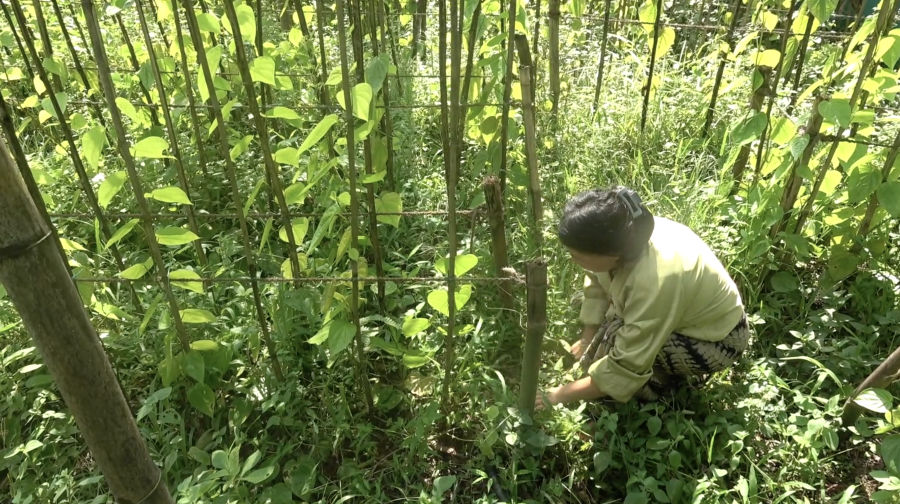
Two years ago, Tshering and her husband began cultivating betel leaf, locally known as paney. Together, they prepare doma using betel nut from their land. From sales alone, Tshering earns up to Nu 100,000 every month.
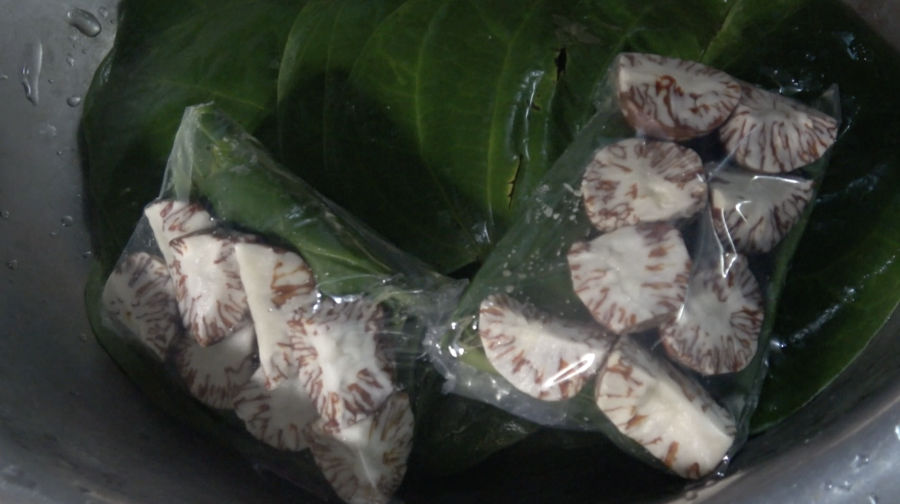
“The farming is going well so far. Currently, I supply doma only to the Gyalsung site, as demand there is already high. I haven’t been able to sell to other places because I can barely meet the demand here,” said Tshering Zangmo, Resident, Umling, Sarpang.
Bhutan relies heavily on imported betel leaf to meet demand. According to the Bhutan Trade Statistics 2024, the country imported betel leaves worth over 205 million ngultrum from India last year.
Encouraged by the returns, her husband now leads the formation of the Tashithang Betel Leaf Farming Group. The group has 12 members, nine from Tashithang and three from nearby villages. All of them own about an acre of land each and grow their own betel nut. But only three members, including Tshering, have started growing betel leaf.
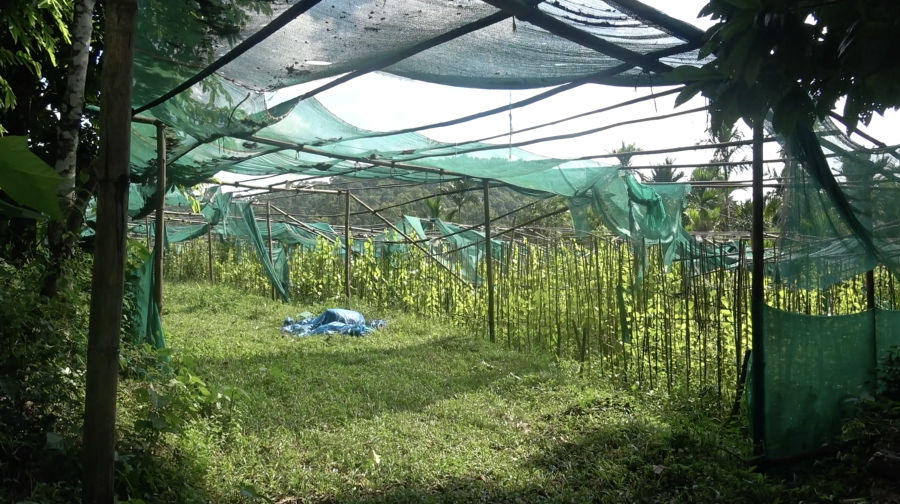
The rest remain hesitant, citing the lack of a reliable water supply. Betel leaf requires plenty of water, and during dry spells, leaves often turn yellow.
“Betel leaf doesn’t have a specific season; once cultivated, it can grow throughout the year. The only time we need to be careful is when preparing the saplings,” said Tshering Zangmo, Resident, Umling, Sarpang.
The Umling Gewog Administration, however, maintains that water is not a severe issue in the chiwog. They said tapping a new source specifically for betel leaf farming would be challenging. Still, they have proposed a budget for the maintenance of the Tashithang water source to help farmers.
From one household to a farmers’ group, betel leaf farming is slowly emerging as a new cash crop in Sarpang. But unless irrigation and water support are improved, many farmers may remain cautious about taking it up on a larger scale.
Passang Dorji, Gelephu








